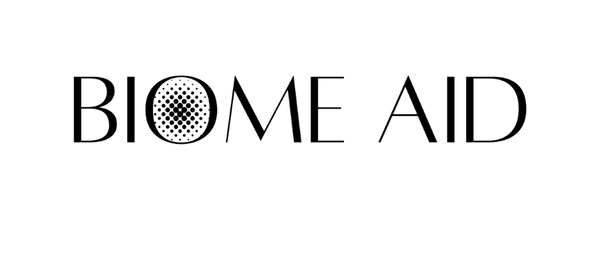If you’ve ever looked at a bottle of hypochlorous acid (HOCl) spray and wondered if it’s just a fancy toner, let’s break down the real difference between the two. Both come in mist bottles, both promise balance, and both are used after cleansing. But that’s where the similarities end.
The truth is that most traditional toners are either scented water or skin-drying potions pretending to be skincare. Hypochlorous acid, on the other hand, is what I call a toner with a purpose. It supports skin health instead of stripping it.
Why Traditional Toners Miss the Mark
Toners were originally designed to remove leftover cleanser or makeup and “tighten” the skin. Back then, harsh ingredients like alcohol and witch hazel were common, leaving skin feeling squeaky clean but completely unbalanced.
Even now, many modern versions haven’t evolved much. They’re often full of fragrance, botanical extracts, or drying astringents that give a quick, refreshing feeling but offer zero benefit to your barrier.
Some are just scented water in pretty bottles, offering the illusion of skincare without any real benefit.
So while they might feel nice in the moment, you are better off without them, especially if you have sensitive, reactive, or mature skin.
The Rise of Purpose-Driven Skincare
Today’s skincare isn’t about stripping; it’s about supporting. Every product should have a function that improves how your skin performs.
Instead of a “toner step,” think of this stage as a reset for balance and protection. That’s where hypochlorous acid (HOCl) comes in.
Every ingredient should serve a clear function, one that supports your skin’s natural processes rather than disrupts them.
Want to learn more? Read The Top 12 Skincare Acids Explained
What Hypochlorous Acid Actually Does
HOCl is a molecule your own body naturally makes as part of its defense system. When applied topically, it helps maintain a balanced environment for the skin by supporting its natural ability to calm visible irritation and keep the skin barrier healthy.
Because hypochlorous acid is naturally produced by your white blood cells, it’s one of the few ingredients that your skin immediately recognizes and tolerates.
It’s non-sting, non-drying, and gentle enough for all skin types, even those that can’t tolerate most actives.
HOCl doesn’t prep your skin for more; it helps your skin stay calm, balanced, and ready to function properly.

Why HOCl Stands Apart
HOCl is gentle enough for twice-daily use yet powerful enough to visibly calm redness, support balance after cleansing, and maintain a healthy skin barrier.
Unlike toners that focus on removing, HOCl focuses on restoring balance. That’s why it’s perfect post-treatment, after workouts, or any time your skin feels reactive.
Real skin 'care' isn’t about stripping; it’s about supporting what your skin already knows how to do best.
Final Thoughts
So, is HOCl a toner?
Technically, no. It’s much more than that.
You could call it your toner with a purpose, one that supports the microbiome, maintains pH, and helps your skin stay healthy, clear, and calm.
If your skin often feels tight or reactive after cleansing, it’s time to swap your toner for something that actually supports your barrier.
Try Biome Aid’s Purifying Hypochlorous Mist
Your daily “toner with intent,” designed for sensitive, post-treatment, or redness-prone skin.

